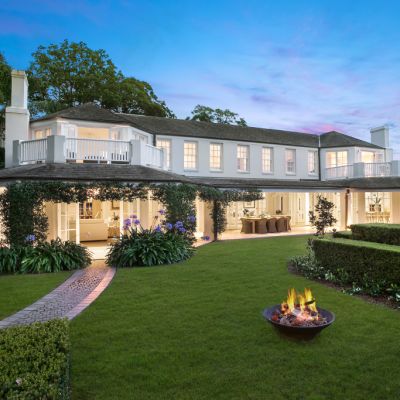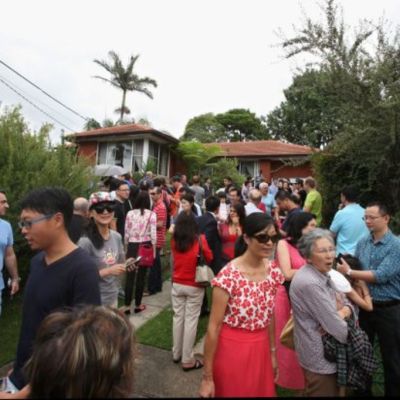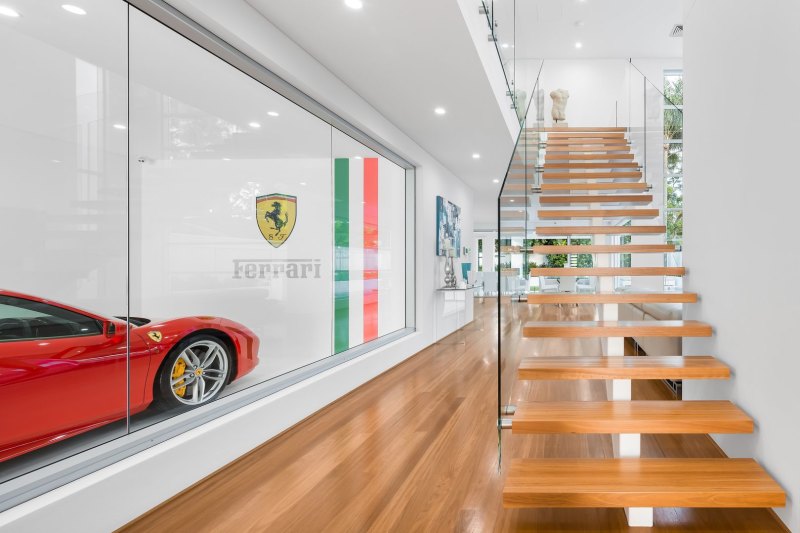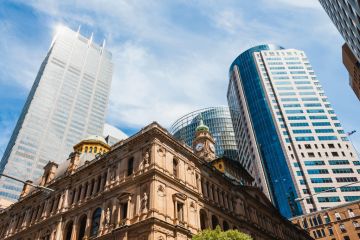USA now main source Australia's foreign investment, but China dominates real estate

Foreign investment in Australian real estate fell 58 per cent last financial year, making it the second consecutive dramatic fall since the peak of 2016.
Across all industry sectors the US is now the leading source country of foreign investment, having jumped by $10 billion in the 2017-18 financial year, but China still leads the world for foreign investment in Australian residential real estate.
The introduction of state taxes, investment application fees, stricter lending conditions by Australian banks and tighter capital controls on outgoing funds from China are the main reasons cited for the drop-off in investment by the latest Foreign Investment Review Board annual report released on Monday.
“For the first time since 2012–13, the United States surpassed China as the largest source country for approved proposed investment due to an increase in United States approvals and a decline in Chinese approvals,” the report states.
Rising US investment, up to $36.5 billion in the 2018 financial year, was largely driven by increases in investment in real estate, manufacturing, electricity and gas.
Chinese investment continues to dominate the residential real estate sector with $12.6 billion worth of approvals from the mainland, compared with $7.8 billion worth of approvals from Singapore and $5.8 billion from the US.
“China still accounts for one out of every four foreign dollars invested in our real estate,” said Carrie Law, chief executive of Chinese international real estate website Juwai.
The established home market also took a hit from foreign buyers, with the number of approvals down to 1615 last financial year from 2008 a year earlier and almost two-third lower than the 5877 approvals in 2016.
While foreigners are usually not allowed to buy established dwellings, the report said: “A small number of approvals are given for foreign persons that operate a substantial Australian business to acquire an established dwelling to house Australian-based staff.”
Sydney’s prestige market saw a distinct turnaround in foreign buyer sales following the state government’s decision in 2017 year to double the stamp duty surcharge to 8 per cent for foreign buyers.
The federal government is also pushing through legislation that would remove the capital gains tax exemption for foreigners and non-resident Australians before June 30.
Approvals for development followed the same trend down, with $10.2 billion worth of approvals for new dwellings, vacant land and other residential property for development.
That investment was down from $27.1 billion worth of development approvals for the year prior, and a fraction of the $65.2 billion approved in the 2016 financial year.
The number of real estate purchase breaches increased last financial year to 600, up from 549 for the 12 months prior when the ATO overtook responsibility for compliance investigations.
Of those breaches more than half related to residential property in Victoria, and 20 per cent to New South Wales property.
Ms Law said their data suggests the fall in Chinese demand is over. “We expect Chinese buying to be flat in 2019.”
We recommend
We thought you might like
States
Capital Cities
Capital Cities - Rentals
Popular Areas
Allhomes
More









